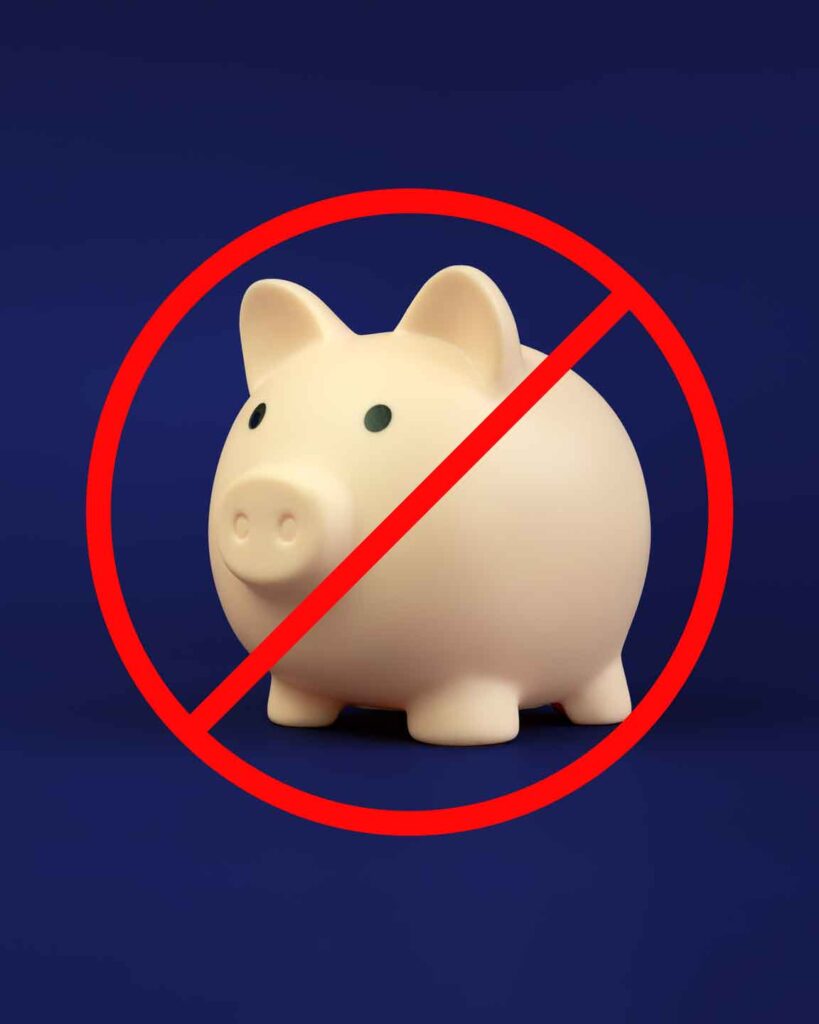kosher
so, no cream in my coffee?
Being Kosher is a little like being Jewish. There are lots of ways to be kosher, and they’re all right.
Kosher means clean or pure in Hebrew and refers to food that has been ritually prepared or blessed and meets the requirements of Jewish law, of which there are many. Kosher isn’t just about what’s on your plate—it’s a rich blend of tradition, spirituality, and sometimes, a little bit of head-scratching over the details. If you have questions about pork, shellfish, marshmallows, utensils, or just curious about the basics, this section is for you!


is it kosher???
So, you have a few questions about kosher? Join the club! Moses did too:
God: And remember Moses, in the laws of keeping kosher, never cook a calf in its mother’s milk. It is cruel.
Moses: Oh! So you are saying we should never eat milk and meat together.
God: No, what I’m saying is, never cook a calf in its mother’s milk.
Moses: Oh, Lord forgive my ignorance! What you are really saying is we should wait six hours after eating meat to drink milk so the two are not in our stomachs at the same time.
God: No, Moses, what I’m saying is, don’t cook a calf in its mother’s milk!
Moses: Oh, Lord! Please don’t strike me down for my stupidity! What you mean is we should have a separate set of dishes for milk and a separate set for meat and if we make a mistake we must bury that dish outside…
God: Ah, just do whatever you want…
Okay, that’s a joke. Kinda. Keep reading…
a much needed
kosher overview

Some of the basic kosher rules are: no shellfish, no pork and no eating milk and meat together. It’s not strictly that meat and milk can’t be eaten together, it’s meat with any dairy product. So, no cheeseburgers. And no burger with a milkshake. And if you are stricter, there wouldn’t be any butter in the ingredients in your hamburger roll. This is why people who are strictly kosher are skilled at checking food ingredients, but more on that later…
Kosher, which is also referred to as observing Kashrut, doesn’t only have to do with what foods you can eat, it also has to do with what pot you are cooking those foods in, and even what sponge is used to wash the pot. The line in the God/Moses joke about not cooking a calf in its mother’s milk comes from the Torah as do certain kosher laws, but many of the kosher/not kosher rules are the result of thousands of years of rabbinical commentary. For example…there are rules about kashrut and microwaves which were definitely not around when the Torah was written, so rabbis make the rules. We are not judging here…just explaining. Eating kosher especially in the United States with so many varied Jewish movements, can mean different things to different people.

An example from Dave
For example, our friend, we’ll call him Dave, considers himself kosher…at home. He has no trouble going to Ruth’s Chris Steakhouse and ordering a petite filet and shrimp (aka non-kosher meat, a no-no at home, and shellfish, another no-no). Dave’s wife, Sandy, likes to order the (also non-kosher) ribeye steak but would never order it with the shrimp (because she never eats shellfish). Their friend, Helene, who is also kosher, prefers not to go to Ruth’s Chris because it’s not a kosher restaurant. But, it’s a special occasion, like Dave’s birthday, so she’ll go and order a mozzarella and tomato salad, which works for her because none of it is cooked. Helene’s husband, Gary, won’t eat at Ruth’s Chris at all because Gary wears a yarmulke all the time and he feels that it’s misleading to eat there because people will think it’s a kosher restaurant if they see him. You get the idea. Or do you?
Kosher kitchens
Kosher isn’t just about what you eat. Being kosher also has a lot to do with food preparation. For example, in a strictly kosher kitchen, there are separate pots for meat, dairy, and pareve foods. There is also often a meat sink and a dairy sink and a pareve sink. And multiple ovens and microwaves. If it’s a small kitchen, with no space for multiple sinks, then there will be meat sponges, dairy sponges, and pareve sponges. Same thing goes for dishes. Kosher kitchens often have two sets of dishes, one for milk and another for meat. And sometimes a third set for Passover. Sometimes people (MOM!) have two sets of dishes, one for milk and one for meat, but uses the same ladle, spatula, frying pan, etc. whether she is cooking chicken or cheese blintzes. And apparently, according to a non-scientific poll we took, she’s not alone and lots of people’s moms do the same. Go figure.
Kosher animals
Split hooves versus cloven hooves. That’s it? You may be wondering? Not even close! We have not even talked about pigs, which by the way, are not kosher. Mammals that are kosher have split hooves and chew their cud. (Split hooves and cloven hooves are the same BTW. That was a trick question.) Pigs have split hooves, but they don’t chew their cud. The easy way to look, is that the common mammals that are kosher are sheep, cows and goats. But again, there are many shades of grey. Depending on how kosher you are, you might choose not to eat at Burger King, because even though they are serving cow meat, it is not kosher. You see, there are many guidelines for kosher slaughter. There are prayers that are recited, and the knife used for slaughter must be perfect. After the animal is killed, the blood is drained. Supposedly kosher slaughter is more humane than other kinds of slaughter. Sometimes ancient kosher laws seem kind of arbitrary yet sometimes when you understand the origins of the laws, they are incredibly logical. For example, ancient Jews didn’t normally live near the ocean, and they didn’t have refrigerators or ice back then, so by the time they would have had the chance to try some lobster, it would have spoiled, and they would have become sick. Whereas, the Jews were often shepherds or farmers and had their own chicken, cattle and sheep and could kill and eat them fresh.
Mixing dairy and meat
AKA Why kosher people are usually thin. Now you may be wondering, or maybe the question never entered your mind, if someone is kosher and has meat for her meal, can she have dairy ice cream for dessert? The answer is a resounding no! Which is why people who are kosher are thin…because their desserts, often made without butter or milk, suck. Kidding! (Sort of). Not everyone who is kosher is thin, but if you have a meat meal, you can’t have a dairy dessert. (So, in all honesty, the desserts after a meat meal can leave a lot to be desired.) Now, if the person finished their hamburger and waits six hours, he can then eat dairy. But, if the person has dairy first, he only has to wait 36 minutes to have meat. Google the rules if you want to know more because this is one helluva rabbit hole to go down. BTW, rabbits are not kosher.


A Quick Primer
are marshmallows kosher?
To someone who is strictly observant, being kosher is an important dietary guideline which means checking everything before you eat it. There are rules that you don’t mess around with, unlike Dave, Sandy and Helene. Those who follow strict kashrut rules, treat them more like someone who is allergic to nuts and can’t use the same ice cream scoop that was just used on the peanut chocolate ice cream for their vanilla. (This is one of the reasons that it is much easier to be strictly observant if you live in a Jewish community. Everyone in an observant community is dealing with the same guidelines, and the person managing the supermarket or ordering food in the school cafeteria knows and probably lives by the same rules and has thought all this through.) Here’s a quick primer for the rest of us:
- Chicken: Meat
- Most Fish: Pareve
- Swordfish: Not kosher (kosher fish always have scales and swordfish don’t)
- Rice: Pareve
- Tofu: Pareve
- Hummus: Pareve
- Yogurt: Dairy
- Lobster: Not kosher
- Snickers: Dairy
- Potato chips: Pareve, unless they were fried in animal fat, then…meat
- Poptarts: Depends on the brand (not Kellogg’s)
- Tootsie Rolls: Dairy
- Haagen Dazs ice cream: Dairy
- Diet Pepsi: Pareve (we’re pretty sure anyway)
- Marshmallows: Depends on the brand
Oh, and by the way, things get even more tricky during Passover. All the regular kosher rules remain in effect, but many other foods are added to the don’t-eat list, including anything that has yeast, certain grains, etc. Sorry.
GOOD GOD, I JUST WANT TO BRING THE RIGHT HOSTESS GIFT.
It's best just to ask, but a scented candle may be your safest bet.

If you’re reading this section, it might be because you know someone who is kosher, and you are wondering what they eat. Or, maybe you were invited to some Jewish person’s home and you think they are kosher, and you want to know what you can bring to their house to eat. The answer is: Ask them. Otherwise you’re probably going to over-think it and decide that the person is more kosher than they are. At least, that’s been our experience here at JewBelong. If you don’t want to ask the hostess, follow these guidelines: 1) get a kosher bottle of wine (most liquor stores have them), 2) bring flowers, 3) everyone loves a pretty scented candle.
